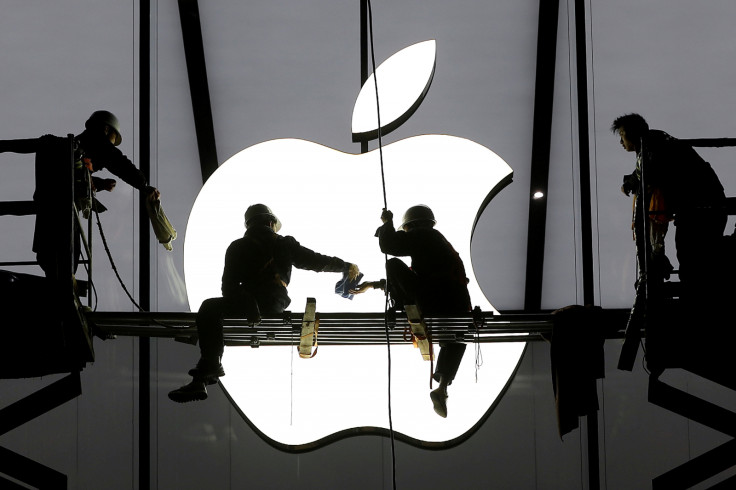iPhone 12: Apple might release 6 handset models in 2020 according to industry analyst
Now that 5G technology is already here, smartphone manufacturers such as Apple are likely going to add it to the new iPhone.
Last week, the tech industry was abuzz with talks of 5G, new under-display fingerprint scanners, and advancements in augmented reality. Qualcomm was in the headlines for its Snapdragon Tech Summit, which showcased all of its upcoming products for 2020. Most of the technology on show will end up on mid to flagship-range smartphones next year. While most of these handsets are on Android, there is speculation that Apple might ship its upcoming mobile devices with these components. In fact, one industry analyst suspects that there might be six iPhone 12 models in development right now.
There are a lot of rumours surrounding the next iPhone and one suggests that Apple might follow this year's pattern. There are a total of three variants available at the moment, which is the iPhone 11, iPhone 11 Pro and iPhone 11 Max. However, BGR claims there might be more than what was originally thought. Jun Zhang, an analyst working for Rosenblatt, believes the Cupertino, California-based tech outfit plans to offer six versions of the iPhone 12.
Even though its seems like an odd approach for Apple, there is a sound reason behind its possibility. Mobile networks are already prepared to launch nationwide coverage for the 5G standard before the year ends. In fact, T-Mobile activated its service last week, but with a small caveat. Currently there are only two handsets available in the U.S. market that could take advantage of the improvements. Therefore, Zhang details that there would be two version of each iPhone 12 model – 4G and 5G.
The current rollout of 5G is still far from what the technology is truly capable of, but it is start nonetheless. The overall target is to finally improve upon the mmWave spectrum which uses extremely high frequency (EHF) radio signals to boost data connections.
5G coverage still has room to grow in the upcoming months and is looks like Apple wants to be in the lead. Other than the compatibility with the new network upgrades, the iPhone 12 is likewise speculated to have Touch ID all over again. Sources note that it might be an under-display fingerprint scanner, but on a larger scale. Qualcomm recently showcased the latest version of its biometric sensor. It is larger and can even detect up to two fingerprints simultaneously.

© Copyright IBTimes 2025. All rights reserved.





















